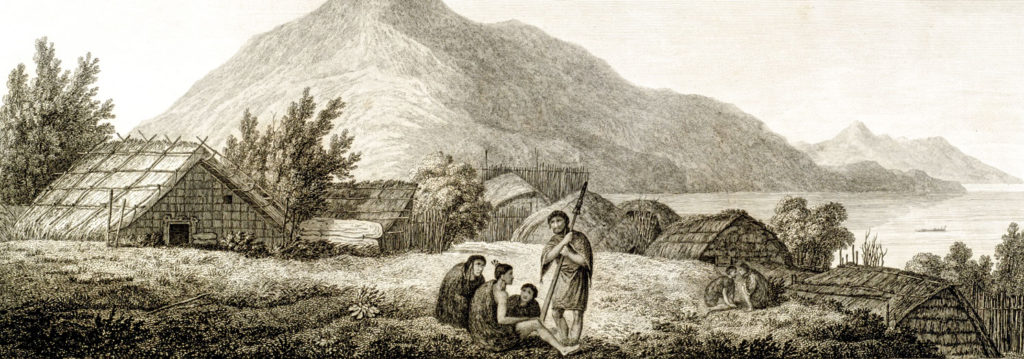Workshop, 2nd-3rd December 2016, at Topoi-Building Dahlem, Hittorfstr. 18, 14195 Berlin

We live in a hyper-connected world, one where geographical and social space are increasingly blurred. Our social networks are quickly expanding, as we explore our “six-degrees of separation” via a few clicks. Not surprisingly, understanding networks has become a priority for social scientists, economists, politicians, and philosophers alike. Global interaction is a modern phenomenon but – on a different scale – it has historic parallels, which we wish to explore in this workshop.
The range of speakers is evidence of the broad scope of directions this kind of research can take, from quantitative spatial modelling to social network analyses. Our aim is to generate useful crossovers between such diverse approaches, with case studies ranging from the Andes to New Guinea, from Iberia to the Near East, dealing with different time periods and societies.
John Terrell sets the tone of the workshop with his keynote lecture, discussing how we are living through another “cognitive revolution” and urging us to grapple with networks to understand the changes our society is undergoing. To pull this together, archaeology must ally itself with other social sciences. Networks can help overcome perceived boundaries between traditional anthropological and archaeological categories, with – for example – patterns in material culture likely reflecting interaction patterns rather than linguistic boundaries (Golitko, Zimmer-Dauphinee, and Terrell). Network analysis also undermines the traditional Quechua ‘family tree’ model of its divergence history, as seen in another cross-disciplinary study (Paul Heggarty and David Beresford-Jones).
Interaction emerges as an important theme in several papers: Oliver Nakoinz illustrates the potential of network analysis for addressing social aspects of spatial patterning on the supra regional, regional and local level. The evolution of the transport infrastructures is considered with relation to its impact on society across time (Pau de Soto); networks of transportation and communication also help explain important historical processes, such as the rise of Rome (Guidi, Fulminante, Lozano, Prignano and Morer). Spatial data patterning provides clues on long-range relationships between sites (e.g. Donat Wehner’s use of least-cost-path analysis) as well as the emergence of elites and social differentiation (Hagit Nol). Helen Dawson uses islands as case studies for exploring the power of networks in defining centrality and marginality in prehistory.
Applications of network analysis rely on implicit theoretical agendas, often directly borrowed from sociology and/or social physics, while they could benefit from the use of more explicit social theory (Francesco Iacono). Papers focusing specifically on social themes deal with networks of trust, which enabled transactions in the Roman world (Pascal Arnaud), and the role of witnesses in ancient Theban contracts (Silke Vanbeselaere). Life experiences, people, places and things are all tied up in affective networks: memory and identity are compelling forces which can also shape networks (Sarah De Nardi).
Networks are a powerful tool for understanding social interaction, enabling different conceptualisation of space: they offer both a rigorous methodology and the opportunity to theorise on different human activities. There are plans to publish the papers and discussions arising from the workshop as part of the Edition Topoi open-source book series.
Helen Dawson (Topoi) and Francesco Iacono (Cambridge)
Venue / Program
- Friday, 2nd December 2016 and Saturday 3rd December 2016
- Topoi Building Dahlem, Hittorfstr. 18, 14195 Berlin.
- Program: topoi.org/event/32715/
- Keynote Lecture, Friday, 2nd December 2016, 17:30 h: www.topoi.org/event/37529/
ORGANIZEr / CONTACT
Dr. Helen Dawson, Exzellenzcluster Topoi, Freie Universität Berlin, +49 30 838 51 896, helen.dawson@topoi.org
Dr. Francesco Iacono, francesco.iacono@googlemail.com
